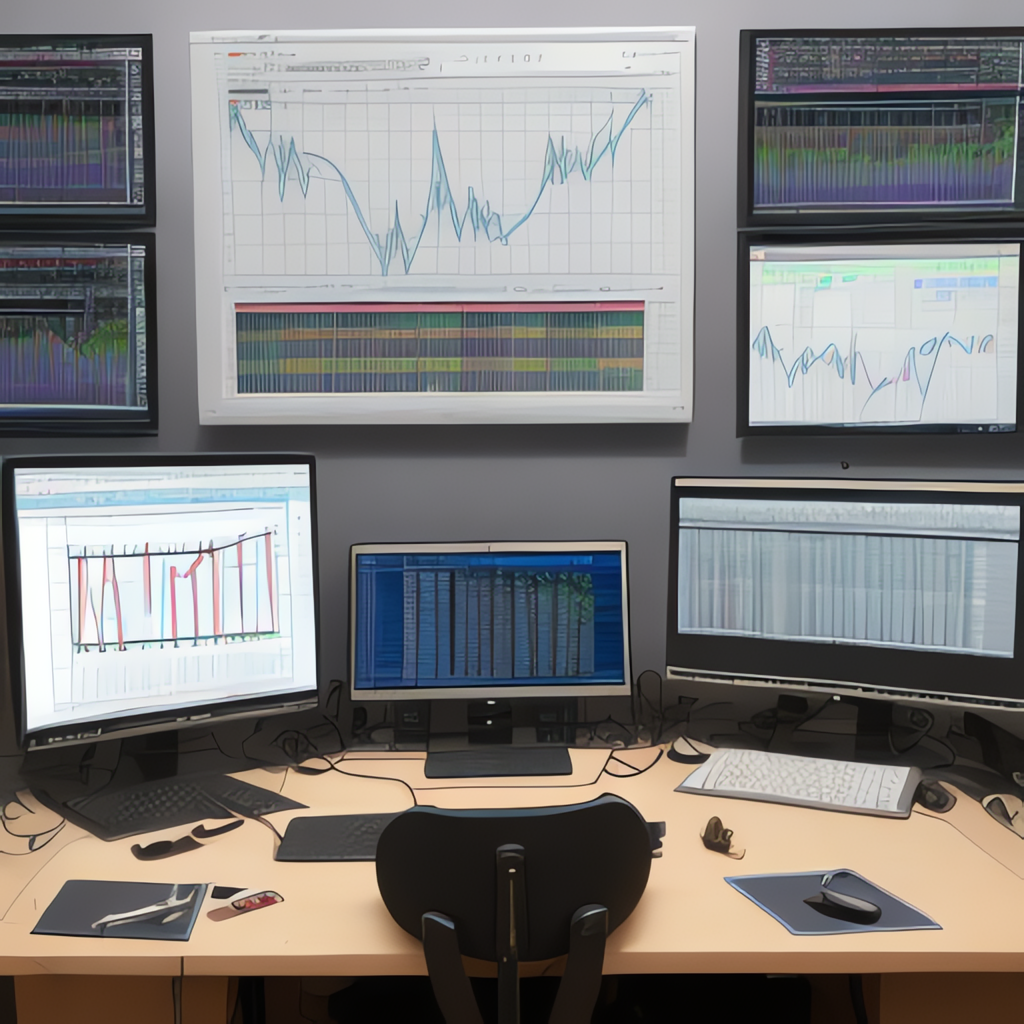Exploring the Visual Landscape: A Comprehensive Guide to Diverse Chart Types Including Bar Charts, Line Charts, Area Charts, and Beyond
In the vast world of data visualization, the charts and graphs we use to represent data play a crucial role in understanding significant trends and patterns. From the simple bar chart to the intricately complex area chart across a range of other specialized types, the visual landscape offers a versatile palette to interpret and convey meaningful insights. This guide aims to provide clarity and insight into the various chart types, their characteristics, and the situations in which they are best suited.
Bar Charts & Column Charts:
Bar charts, a staple in data visualization, provide a straightforward method of comparing quantities at a glance through rectangular bars of varying lengths. Each bar represents one category, allowing you to easily compare values across different segments of the data. Bar charts can be either horizontal or vertical, and the choice depends on whether text labels might overlap or the data spans a large versus small range.
Column charts serve a similar purpose, emphasizing the same principles of comparison. However, they are used for situations where space constraints may favor a vertical orientation. Both bar and column charts are beneficial when you want to visualize discrete data sets and quickly compare quantities at different points in time.
Line Charts:
Line charts excel at illustrating trends over time, providing a visual representation of how data changes continuously. They are particularly useful for showing relationships between variables and detecting patterns or anomalies in sequential data. Using points connected by lines allows the viewer to comprehend not just specific values, but how these values fluctuate and correlate over time.
Area Charts, on the other hand, build on line charts by incorporating filled regions under the lines. This additional visual element emphasizes the magnitude of data over time, making the accumulation and differentiation of trends more apparent. Commonly used to indicate contribution, performance, or cumulative growth, area charts can highlight significant data patterns and are especially effective in illustrating the context of the total, particularly when dealing with several overlapping data series.
Pie and Donut Charts:
Pie charts present data in the form of slices of a circle, making it easy to compare parts of a whole. However, they may not be the most effective choice when comparing small differences, as the human eye is not very good at discerning slight variations in angle. Donut charts, a variant of pie charts, incorporate a hole in the middle, effectively eliminating the center point, which can sometimes create an optical illusion making it difficult to accurately gauge the size of the slices.
Scatter Charts (or Scatter Plots):
Scatter plots, unlike other charts discussed here, focus on displaying data points at the intersection of their x and y axis values. They are most commonly used in scientific research to plot the relationship between two variables, such as correlation or clustering, although they can also highlight outlier data points. When using scatter plots, lines of best fit can be added to assist with analysis, although overusing them or misinterpreting the relationship between variables can lead to misleading conclusions.
Choosing the right chart type depends heavily on the nature of the data, the message you want to convey, and the audience you are addressing. Each type of chart has its unique strengths, and effective data visualization means selecting the tool that most clearly and accurately communicates the intended information. Remember, the goal is not just to display data but to facilitate its meaningful interpretation and understanding.
By understanding the nuances of different chart types, such as the visual landscape of bar charts, line charts, area charts, pie charts, donut charts, and scatter plots, you will be better equipped to apply the right data visualization techniques to effectively communicate your data’s story. Whether you’re analyzing sales figures, tracking climate change trends, or exploring complex relationships between variables, the arsenal of charting tools at your disposal empowers you to bring your data to life in compelling and insightful ways. Choose your chart carefully and let the visual data landscapes guide you to meaningful conclusions.
